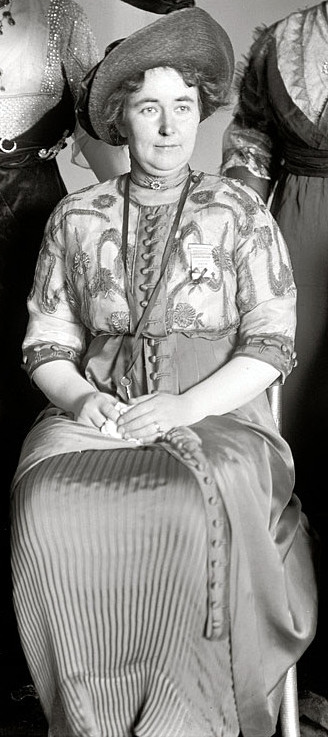Contigency, or how a bad situation for instructors and students became even worse
 Friday, March 18, 2022 at 9:04AM
Friday, March 18, 2022 at 9:04AM Way back in 2007, when I first began teaching at the community college level, there was at least a tiny sense of optimism about the future of our institution. The 2008 financial crisis had yet to hit. We were in the center of Silicon Valley, maybe five blocks from where Apple was rapidly working to make the iPhone ubiquitous. My partner worked at Apple, so I could run over to the employees’ gym after classes and hop on the elliptical and listen to Marketplace proclaim yet another record day for the NASDAQ and DOW. Once, I did find myself wondering just how long that could all go on.
I got an answer to that, fairly quickly.
(I also got an answer to a similar half-serious train of thought, just over a decade later, when I marveled at the fact that we lived in perhaps the only time in human history when population density didn’t equate to horrific spread of disease. How much longer could that particular miracle maintain, I wondered, swapping out the laundry. There were no masks in that load, not yet, but it wouldn’t be long.)
There are many other things I wonder. Perhaps it’s having a mind overly inclined to narrative that keeps me from a certain level of denial when it comes to considering the future.
One thing, however, that I know: our education system is held together with duct tape, passion, and hope deferred along with loans. It’s bad at the K-12 level, though at least those institutions are far more inclined to hire full time staff and provide benefits, even if wages are subsistence-level and paid only ten months out of the year. In higher education, however, the system runs on contingent workers, adjuncts.
Back when I was one, after I’d accrued enough seniority to be largely guaranteed work term after term, if you squinted, you could almost forget that I was second-tier. My students certainly didn’t know if I didn’t tell them. The majority of courses were taught by adjuncts; we held degrees, honors, publication lists, an intense love of teaching, remarkable classroom presence, student praise on evaluations, academic results, and whatever else it was anyone could want.
But when the system is hell-bent on maximizing output and minimizing costs, when full time, tenured positions only open up upon retirement, despite a population explosion in California over the past fifty years, it’s a numbers game that is likely akin to certain levels of the statewide lottery.
I left. An opportunity came up, after a couple rounds of hiring processes that didn’t go my way, to live overseas, and I took it. When we came back, I ended up working for an education publisher, snug on a team of other former instructors, salaried, benefited, the works. I missed the gestalt of the classroom; I miss it still. But it was good to be paid.
I did go back, just once, when my daughter was very young, and the control over my time made that kind of work feasible. And then we moved out of reach of that particular school. It was only in January 2020, that I finally attended a local community college hiring event. I hoped to find a class or two for the summer or fall, just as my daughter started kindergarten.
But community college enrollment tanked with the pandemic. And that may well be all she wrote. I have no doubt that the system will creep along for a bit—duct tape and passion can do a lot, after all—but it’s a dying system all the same, sucking the life off of anyone and everyone who’s within reach. Every once in awhile I check in on the state of things; what I find is usually another article like this one, featuring near-homelessness, or suicide, or bankrupting illness and go fund mes that will only ever cover the interest.
There is so much to be had. There are so many people ready and willing to build something new. Education in community is invaluable to any sort of sustainable future. If any gods or governments or billionaires are out there listening, this is a problem you could fix, tomorrow, with such a small portion of your budget. Give people a professional home, and watch the world they create.
I am not a cynic. But I’m also not one to hang out in denial when it doesn't help me get things done. And my optimism in this particular corner of the world is completely rooted in what might come next, out of the ashes.
I’m dreaming from the sidelines, no skin directly in the game any longer. But I’m dreaming of a world where people simply walk away, let it all crumble, and figure out a new way.
 adjuncting,
adjuncting,  community college,
community college,  education | in
education | in  Essays
Essays 
